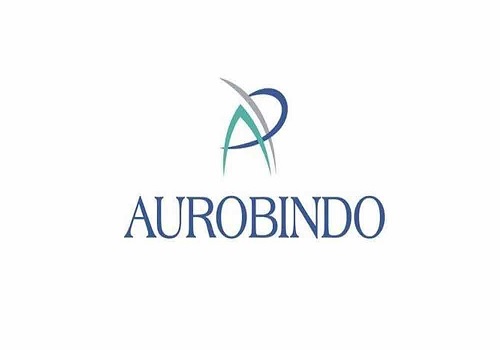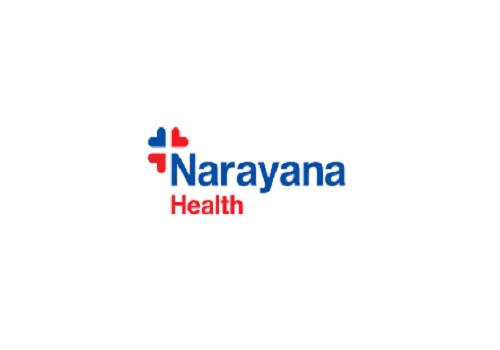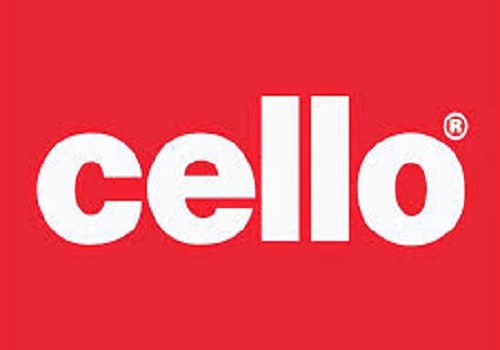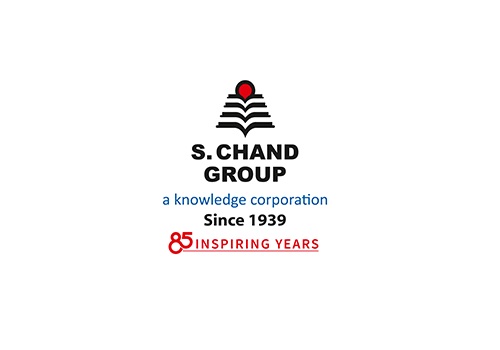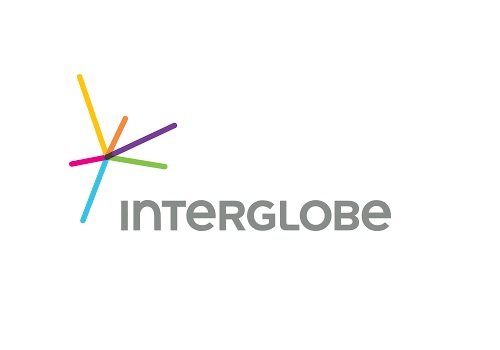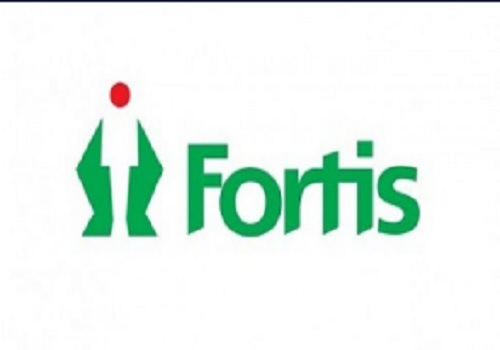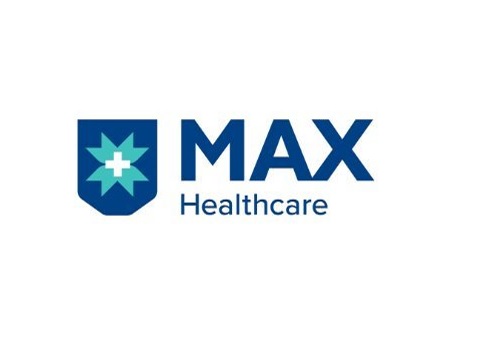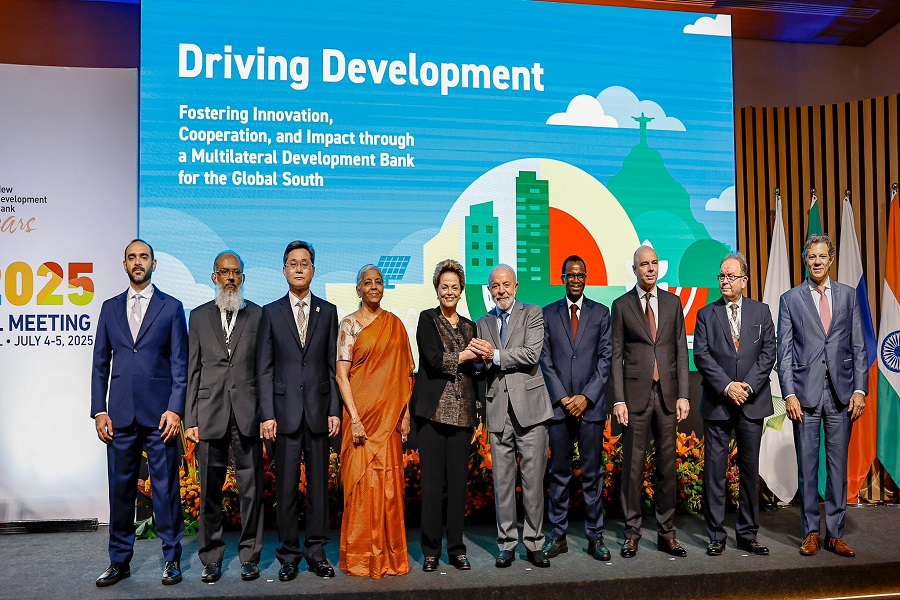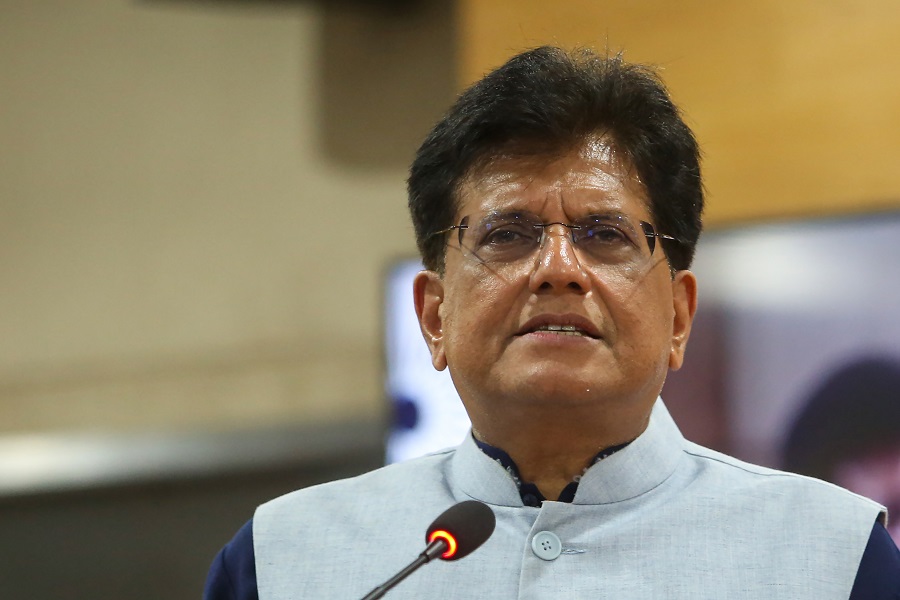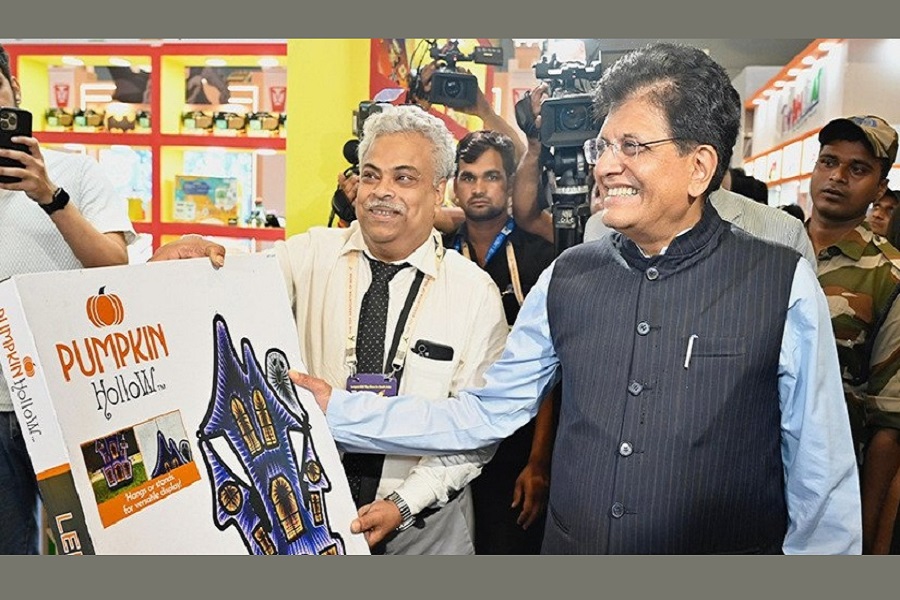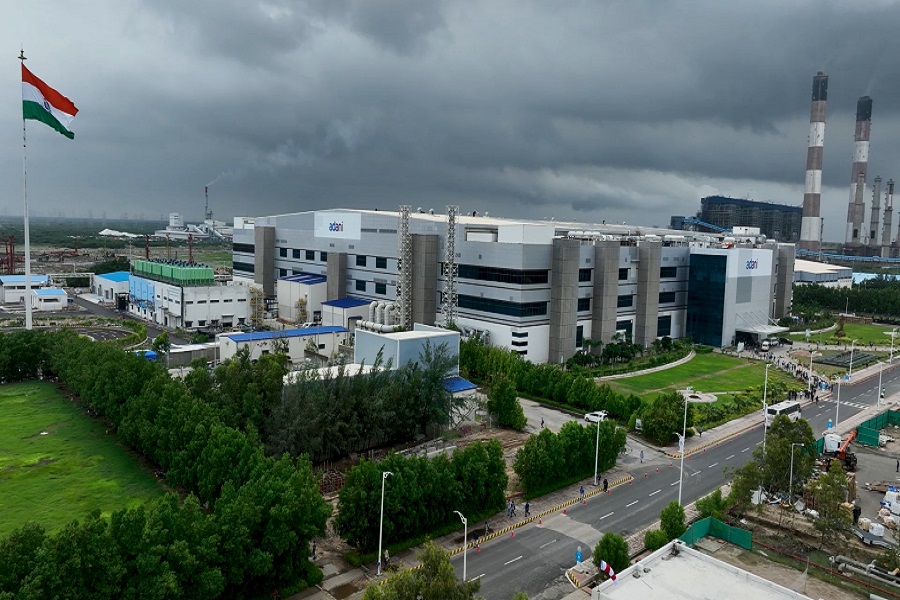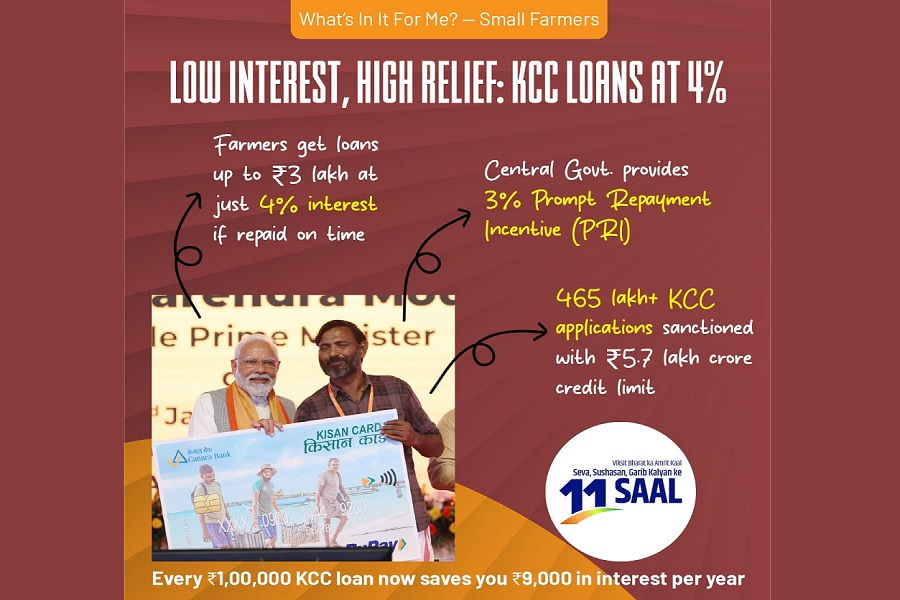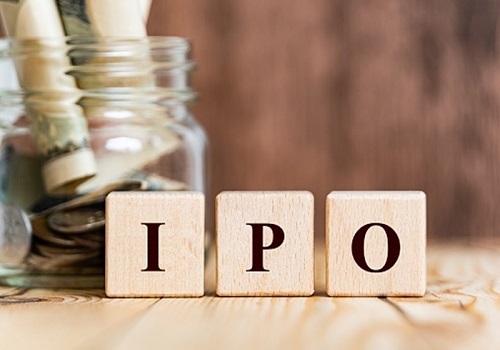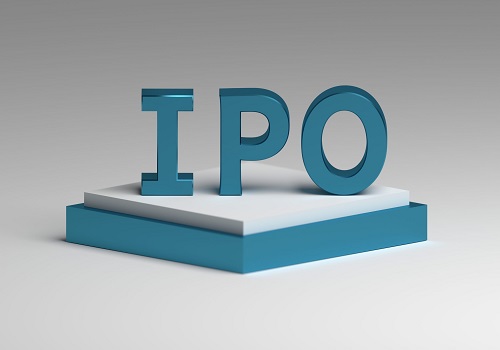Niva Bupa Health Insurance Company coming with IPO to raise upto Rs 2326 crore

Niva Bupa Health Insurance Company
- Niva Bupa Health Insurance Company is coming out with a 100% book building; initial public offering (IPO) of 31,42,85,714 shares of Rs 10 each in a price band Rs 70-74 per equity share.
- Not more than 75% of the issue will be allocated to Qualified Institutional Buyers (QIBs), including 5% to the mutual funds. Further, not less than 15% of the issue will be available for the non-institutional bidders and the remaining 10% for the retail investors.
- The issue will open for subscription on November 7, 2024 and will close on November 11, 2024.
- The shares will be listed on BSE as well as NSE.
- The face value of the share is Rs 10 and is priced 7.00 times of its face value on the lower side and 7.40 times on the higher side.
- Book running lead managers to the issue are ICICI Securities, Morgan Stanley India Company, Kotak Mahindra Capital Company, Axis Capital, HDFC Bank and Motilal Oswal Investment Advisors.
- Compliance Officer for the issue is Rajat Sharma.
Profile of the company
Niva Bupa Health Insurance Company is a joint venture between the Bupa Group and Fettle Tone LLP that provides insurance in the health sector. The company offers a holistic proposition by providing customers access to a comprehensive health ecosystem and service capabilities through its Niva Bupa Health mobile application and website. The company’s purpose is to “give every Indian the confidence to access the best healthcare”. It aims to achieve this purpose through its health insurance products and services that enable customers to navigate their healthcare journey, by providing them access to a holistic health ecosystem. It is one of India’s largest and fastest growing SAHI based on overall health GDPI of Rs 54,944.28 million in Fiscal 2024. From Fiscal 2022 to Fiscal 2024, its overall GWP grew at a CAGR of 41.27% and its GWP from retail health grew at a CAGR of 33.41%. From the three months ended June 30, 2023 to the three months ended June 30, 2024, its overall GWP also grew by 30.84% and its GWP from retail health grew by 31.99%.
Responding to the evolving needs of its customers over 16 years of operations, it has built a track record of product innovation catering to a range of customer groups. It aims to create a health insurance platform of choice for customers in India. It offers its customers the ability to access a comprehensive health ecosystem and service capabilities via its ‘Niva Bupa Health’ mobile application and website, thereby offering them a holistic proposition. This application provides its customers access to a range of healthcare solutions including diagnostics, digital consultation, annual health check-ups and health education content. Customers can also undertake claims submission, policy servicing and track health parameters through this application. Through its diverse and evolving product suite and its ‘Niva Bupa Health’ mobile application and website, it aims to provide its customers access to a range of healthcare and disease management solutions.
The company sells its products directly to customers through its direct sales channel, which accounted for 13.61% and 13.07% of its business by GWP for the three months ended June 30, 2024 and Fiscal 2024, respectively, and comprise sales made by its sales team and online sales through its website and “Niva Bupa Health” mobile application. Its overall direct sales channel was the highest among SAHIs in terms of total health GDPI contribution in Fiscal 2024, highlighting the strength of its in-house sales capabilities through its website, “Niva Bupa Health” mobile application and sales team. Through its direct-to-customer online sales channel, policy sales are carried out on its website and “Niva Bupa Health” mobile application, supported by personalized digital marketing as well as an in-house developed technology stack that employs machine learning-based scoring to provide product recommendations to its tele-sales team.
Proceed is being used for:
- Augmentation of capital base to maintain and strengthen solvency levels
- General corporate purposes
Industry Overview
India exhibits significantly lower insurance penetration (measured by the total Gross Written Premium as a percentage of GDP) when compared to developed global economies. As of FY23, insurance penetration in India was 4.0%, with life insurance contributing 3.0% and non-life insurance contributing 1.0%. The global average in CY23 for life insurance stood at 2.9% and non-life at 4.2%. Insurance penetration in India has increased from 3.7% in FY18 to 4.0% in FY23. There has also been a substantial increase in insurance density, which is calculated as premium per capita. It has increased from Rs 6,059 ($73) in FY18 to Rs 7,636 ($92) in FY23 as per IRDAI’s report. Insurance density is expected to reach Rs 7,719 ($93) by FY24 driven by factors such as rising incomes, increasing insurance awareness, government initiatives to promote insurance adoption and increasing healthcare costs. The overall insurance Gross Direct Premium Income (GDPI) has shown a noteworthy increase from Rs 6.1 trillion ($73.4 billion) in FY18 to Rs 10.4 trillion ($125.2 billion) in FY23, with a CAGR of 11.3%. In FY23, life insurance constituted 75% of total insurance premiums, while the remaining 25% was contributed by non-life insurance.
Meanwhile, India’s health insurance sector has witnessed rapid growth since FY18. The health insurance GDPI has more than doubled from Rs 0.37 trillion ($4.5 billion) in FY18 to INR 1.08 trillion ($13.0 billion) in FY24, growing at a CAGR of 19.5%. Total health GDPI is expected to reach Rs 2.2-2.4 trillion ($26-28 billion) by FY29. The current health expenditure (CHE) of India as a percentage of its GDP is lower than other larger and comparable economies. CHE includes all healthcare goods and services consumed annually, barring capital expenditure such as buildings, machinery, IT, and stocks of vaccines for emergency or outbreaks. In CY21, India’s CHE was about 3.3% of its GDP. For comparison, in other developed and emerging economies such as the USA and China, it was 17.4% and 5.4% of their respective GDPs. However, India’s CHE as a percentage of GDP has grown rapidly from 2.9% in CY18 to an estimated 4.0% in CY23. This indicates a positive shift in the importance of healthcare in India, with more resources being channeled towards it.
In India, health insurance providers can be broadly categorized into three main types: Private Insurers, Public Insurers, and Standalone Health Insurers (SAHI). Public insurers include government-owned health and non-life insurers, Private insurers are privately-owned entities offering health and non-life insurance services, while SAHIs are specialized entities focused on health insurance (incl. travel and personal accident) coverage only. As of August 31, 2024 there are four IRDAI-recognized public insurers excluding specialized insurers, twenty-one private insurers and seven IRDAI-recognized SAHI companies in India: (1) Aditya Birla Health Insurance, (2) Care Health Insurance, (3) Manipal Cigna Health Insurance, (4) Niva Bupa Health Insurance, (5) Star Health & Allied Insurance, (6) Narayana Health Insurance, and (7) Galaxy Health Insurance. These SAHIs, Private and Public insurers form the competitive landscape of the health insurance industry.
Pros and strengths
Diverse product suite for customers: The company has built a range of health insurance product offerings that seek to cater to all stages of the customer lifecycle. It identifies customer groups based on various parameters, including for example, age, income and health status. It strives to achieve the best customer-product fit based on these customer groups and the sales process. For example, one of its key products, “Reassure”, is aimed at addressing health insurance needs for upper class / aspiring affluent customers as well as customers looking for wellness-focused products and offers add-on features such as “Booster+”, which allows customers to carry forward the balance sum insured of up to 10 times of the base cover and is sold via a sales advisory process.
Customer centric proposition driving customer experience and retention: The company’s customer centric approach is driven by product innovation. It has demonstrated a track record of product innovation, launching products with “industry-first” features. The company’s “Reassure” and “Reassure 2.0” products are one of the leading health insurance products on the market with unique “industry-first” features such as 2 Hours Hospitalization, Lock the Clock, ReAssure Forever and Extended Family First. Through its product innovation capabilities, the company has developed products with selling propositions that have assisted to scale its business. From Fiscal 2022 to Fiscal 2024, its overall GWP grew at a CAGR of 41.27% and its GWP from retail health grew at a CAGR of 33.41%.
Technology-led automated approach to customer servicing: The company has designed automated and digital self-serve capabilities aimed at enabling customers to benefit from a seamless, self-serve experience with minimal manual intervention. For the three months ended June 30, 2024 and Fiscal 2024, it had 99.94% and 99.95% of all of its new policies procured through its direct sales and intermediated distribution channel being applied for digitally through its website and mobile applications, respectively. This is a testament to the evolving preferences of its customers to engage with it digitally instead of through traditional ways and its ability to adapt to the shifting trends of selling insurance and servicing customers. It has also sought to automate the underwriting decision workflow with its in-house developed auto-underwriting system, supported by features such as its in-house developed rule engine and reflexive underwriting questionnaire.
Bupa parentage and brand associated with health insurance and healthcare: Bupa Singapore Holdings Pte. Ltd. and Bupa Investments Overseas Limited, its Promoters, are members of the Bupa Group. Through its association with the Bupa Group, it has access to its international healthcare experience. Bupa maintains a domestic health insurance presence in the UK, Australia, Spain, Chile, Hong Kong SAR, Turkiye, Mexico and Brazil and via its associate business in Saudi Arabia and also offers international private medical insurance to customers across the world through its ‘Bupa Global’ businesses.
Risks and concerns
Significant portion of its business is generated from the health insurance line of business: The company’s business is concentrated on the health insurance line of business. The company has garnered 97.98%, 97.90% and 97.83% of total revenue from health insurance segment during FY24, FY23 and FY22, respectively. Health insurance in India has witnessed growth owing to increasing awareness of insurance as protection against healthcare inflation, rise in the number of diseases and increasing affordability with customized health insurance products provided by specialized players. The continued growth of the health insurance market could also be affected by government regulations or changes in consumers’ preferences towards health insurance products. If potential customers choose to forgo health insurance and choose other types of insurance coverage or opt for reduced cover, demand for its products and its GWP may decrease.
Dependent on its intermediated distribution channels: The company has a multi-channel distribution network and rely on its intermediated distribution channels comprising individual agents, corporate agents (including banks and others), brokers, insurance marketing firms, POSPs and web aggregators. Its significant reliance on its distributors, including in particular, its individual agents, corporate agents and brokers, to distribute its products means that their sales performance and ability to expand their business are crucial to the future growth of its business. Individual agents, brokers and corporate agents accounted for the largest shares of GDPI by SAHIs of 54%, 21% and 15%, respectively, in Fiscal 2024, and there is a growing contribution of corporate agents and brokers as SAHIs invest in alternative channels to tap into new customer segments. If the company is unable to develop and grow its network of distributors or attract, retain and incentivize its distributors, it could have a material adverse effect on its business, financial condition, results of operations, cash flows and prospects.
Dependent on the strength of brand of Bupa and other entities of the Bupa Group: The company’s business is, to a large extent, reliant on the strength of the ‘Niva Bupa’ brand. It has undertaken distinctive branding and marketing activities and other efforts to promote its products, improve brand recognition and increase its customer base, including investments in search engine optimization and marketing on its online platform as well as building hyper-personalized and event-based digital marketing capabilities. If its branding and marketing activities are unsuccessful or less effective than those of its competitors’, its business could be materially and adversely affected.
Required substantial amount for expansion and development of business: The company requires a substantial amount of capital for its expansion plans, and will continue to incur expenses in maintaining and growing its existing business. Historically, it has funded its operations primarily through its internal accruals, equity issuances and the issue of debentures. It cannot assure that it will have sufficient capital resources for its current operations or any future expansion plans that it may have. While it expects its cash on hand and cash flow from operations to be adequate to fund its existing commitments, its ability to obtain additional financing is dependent upon the success of its operations. To the extent that its present capital (including the funds generated by this Offering) is insufficient to meet future operating requirements (including regulatory capital requirements) or to cover any losses suffered, it may need to raise additional funds through financings or curtail its projected growth. Any disruptions in the global capital and credit markets as a result of uncertainty, changing or increased regulation of financial institutions, reduced alternatives or the failure of any significant financial institution could adversely affect its access to funding.
Outlook
Niva Bupa Health Insurance Company is a joint venture between the Bupa Group and Fettle Tone LLP that provides insurance in the health sector. The company offers a holistic proposition by providing customers access to a comprehensive health ecosystem and service capabilities through its Niva Bupa Health mobile application and website. It follows a customer-centric approach towards underwriting and selling health insurance. It grows its customer base by providing its customers across age, income and health groups with an extensive portfolio of health insurance products. On the concern side, significant portion of the company’s business is generated from the health insurance line of business, any adverse changes to the demand for health insurance products and the retail health insurance sector may affect the sale of its health insurance products and in turn its business and profitability. The company is dependent on its intermediated distribution channels, particularly individual agents, corporate agents and brokers, and if it is unable to develop and grow its network of distributors or attract, retain and incentivize its distributors, it could have a material adverse effect on its business, financial condition, results of operations, cash flows and prospects.
The company is coming out with a maiden IPO of 31,42,85,714 equity shares of Rs 10 each. The issue has been offered in a price band of Rs 70-74 per equity share. The aggregate size of the offer is around Rs 2200.00 crore to Rs 2325.71 crore based on lower and upper price band respectively. On performance front, the company’s GWP increased by 37.68% from Rs 40,730.31 million in Fiscal 2023 to Rs 56,075.74 million in Fiscal 2024. This increase was primarily due to growth in GWP from its health line of business which increased by 37.80% from Rs 39,873.59 million in Fiscal 2023 to Rs 54,944.28 million in Fiscal 2024. Moreover, the company’s profit after tax increased by 552.73% from Rs 125.40 million in Fiscal 2023 to Rs 818.52 million in Fiscal 2024.
The company seeks to create a holistic, customer-centric health insurance platform and a healthcare ecosystem providing customers access to a range of facilities across wellness, doctor consultations, diagnostics and medicine delivery. It intends to continue investing in building and enhancing its healthcare insurance ecosystem through its own initiatives, such as additional health assessment tools and wellness content, and by collaborating with strategic partners such as for digital consultations and home delivery of medicines. It also plans to expand the coverage of services offered to its customers under its health ecosystem platforms, such as health check-ups and medicine delivery, to new geographies and deepen its presence in its existing geographies in India.
